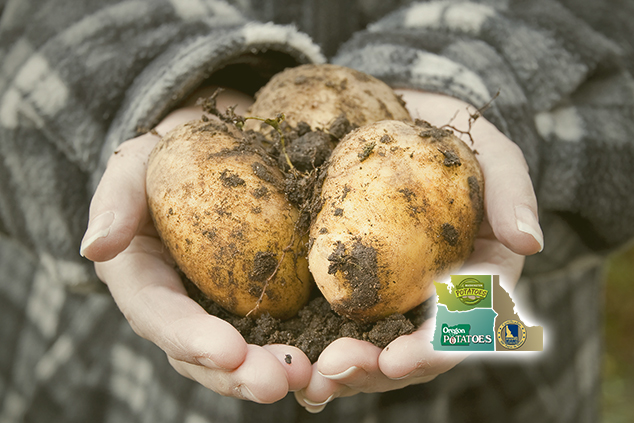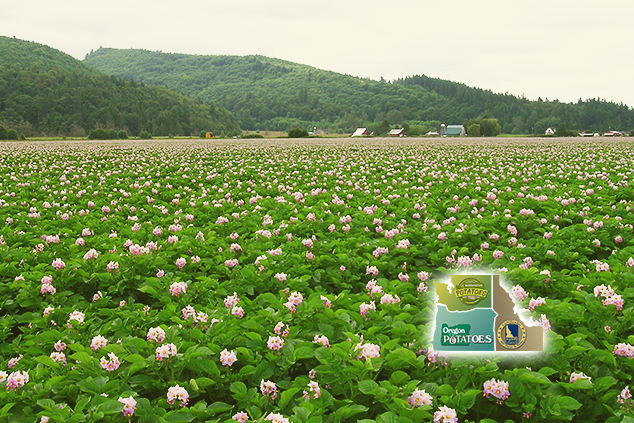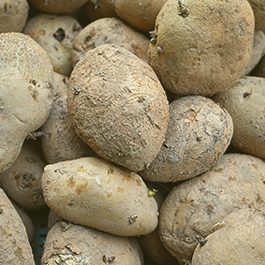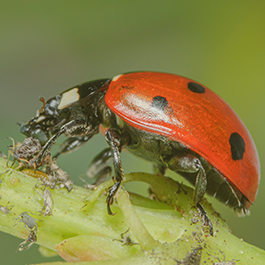Powdery Scab
Causal Agent:
The protozoan called Spongospora subterranea.
Biology:
Spongospora is a soil-inhabiting organism with a complex life cycle. It can survive in soil without hosts for several years; hosts include many solanaceous relatives of potato including nightshades.
Powdery scab occurs in most potato producing regions in the world, and seems to be getting more prevalent in the Northwest.
Dispersal:
Spongospora is easily moved to new locations on seed tubers or in soil.
Management:
- Avoid planting infected seed into uninfested soil.
- Follow good rotation practices of 3 or more years between potato crops.
- Grow varieties that show less severe damage and symptoms in infested soil.
- There are no effective foliar or soil-applied chemical control options.














